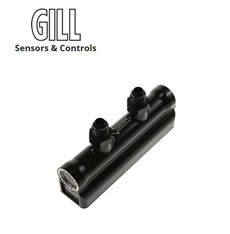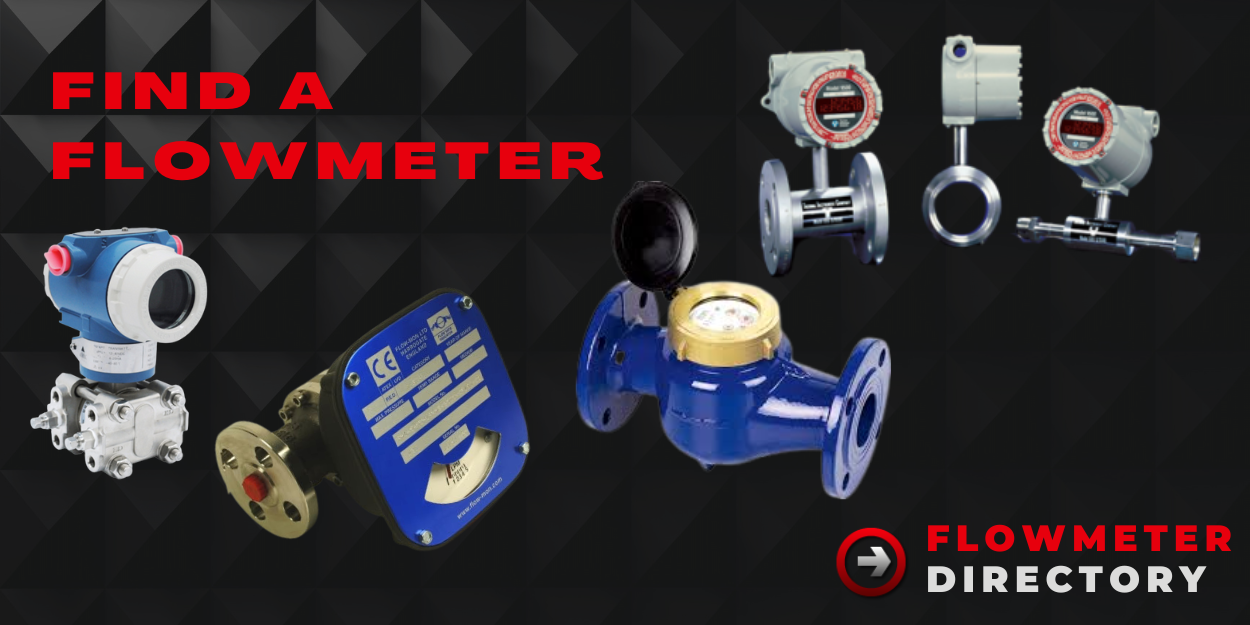Fuel flow meters are designed to measure the flow rate of fuel through a pipeline or system. They provide real-time data, helping operators monitor and optimize fuel usage, track consumption, and reduce waste.
Applications
Fuel flow meters are widely used in:
- Marine and Aviation: For monitoring fuel consumption in engines.
- Industrial: Measuring fuel supply in power plants and manufacturing processes.
- Transportation: Managing fuel usage in fleet vehicles.
- Oil and Gas Industry: For custody transfer and process control.
Development
Fuel flow meters have undergone significant advancements, enhancing their accuracy, reliability, and integration capabilities across various industries. Here are some notable developments:
1. Wireless Transmission and IoT Integration
- Modern fuel flow meters now feature wireless data transmission, enabling seamless integration with Internet of Things (IoT) platforms. This advancement allows for real-time monitoring, remote diagnostics, and predictive maintenance, improving operational efficiency and reducing downtime.
2. Micro-Electro-Mechanical Systems (MEMS) Technology
- The incorporation of MEMS technology has led to the development of compact and highly sensitive flow sensors. These sensors offer improved accuracy and faster response times, making them suitable for applications requiring precise fuel measurement.
3. Surface Channel Technology
- Innovations in surface channel technology have enhanced gas flow control, providing more accurate and reliable measurements. This technology is particularly beneficial in applications involving fuel gases, ensuring optimal performance and safety.
4. Advanced Calibration Techniques
- Recent advancements have introduced on-site calibration verification methods, allowing users to validate the accuracy of their flow meters without the need for removal and external calibration. This development saves time and reduces operational disruptions.
5. Enhanced Durability and Environmental Adaptability
- New materials and designs have improved the durability of fuel flow meters, enabling them to withstand harsh environmental conditions. This enhancement ensures consistent performance in diverse settings, from industrial plants to remote outdoor locations.
These advancements have expanded the applications of fuel flow meters, making them indispensable tools in industries such as aviation, marine, power generation, and transportation. By adopting these innovative technologies, businesses can achieve more accurate fuel monitoring, leading to better resource management and cost savings.
Featured Company
EESIFLO TECHNOLOGIES INC.
Phone: + 1 318 614 3971
Address:
– 3928 Highway 80 Rayville Louisiana, 71269,
– 4600 FM-307 Midland TX 79706 United States
FEATURED PRODUCTS

FUEL FLOW METER ( IN-LINE FLOW METER )
High Accuracy Flow meter with Mechanical Register Handles a wide range of fluid viscosities with exceptional levels of repeatability & durability Meter is designed for
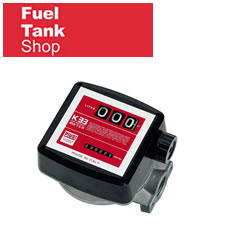
Piusi K33 Mechanical Fuel Flow Meter
The Piusi K33 mechanical fuel flow meter measures the exact quantity of the dispensed diesel fuel or oil through a nutating disk system. The K33
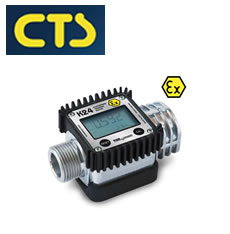
Piusi K24 ATEX Fuel Flow Meter
The Piusi K24 ATEX Fuel Flow Meter is a digital turbine meter designed for accurately measuring the amount of diesel, petrol or kerosene used. Benefitting
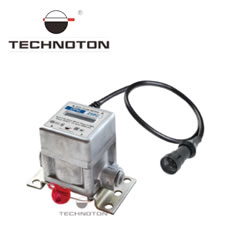
Flowmeter with pulse interface – the base for a fuel monitoring system
Fuel flowmeter DFМ with a display and pulse interface is designed for fuel consumption measurement both autonomously and as a part of fuel monitoring and
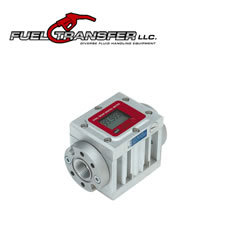
K600/4 DIGITAL DIESEL/OIL FLOW METER
Electronic oval gear meters for product delivery control and measurement are used in the private distribution of low, medium and high viscosity fluids such as
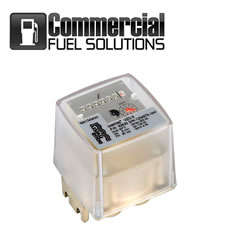
VZO8 Fuel Oil Meter
The VZO8 oil meter provides high accuracy measurement across low flow applications, it is particularly suited to applications performing fuel consumption measurement in engines and
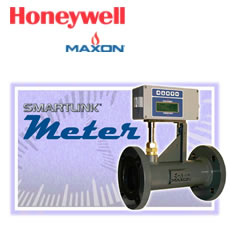
Digital Self-Checking Flow Meter
Precise, repeatable mass flow measurement for fuel, air and combustion streams Displays instantaneous standard rate and totalized flow without calculations Advanced temperature compensation extends accuracy
